SU COVID-19 summit | day 2
Category: biotech/medical – Page 2,194
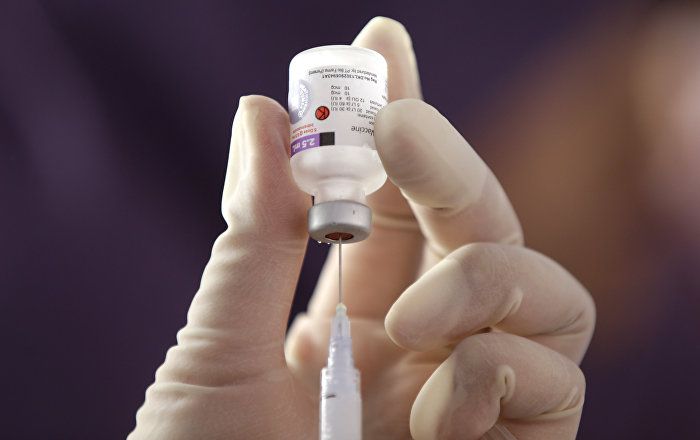
Coronavirus Vaccine Could Be Available in 90 Days
While the CDC has a vaccination in clinical trials Israel claims they could have a COVID-19 vaccination available within 90 days:
Israeli Science and Technology Minister Ofir Akunis confirmed Thursday that scientists are close to developing the first vaccine against the COVID-19 novel coronavirus.
The vaccine could be ready within a few weeks and available in 90 days if all continues going according to plan, Akunis noted.
“Congratulations to MIGAL [The Galilee Research Institute] on this exciting breakthrough. I am confident there will be further rapid progress, enabling us to provide a needed response to the grave global COVID-19 threat,” Akunis is quoted as saying, the Jerusalem Post reported.

CanSino Biologics has a plan to take its life-saving treatments global
A newly listed Chinese vaccine maker has set its sights on global expansion even as it looks to regain trust in its home market after a scandal last year raised questions about the industry’s quality standards…and guess what. They are currently doing trials on a coronavirus vaccine.
CanSino Biologics jumped 59 per cent in debut trading in Hong Kong on Thursday, reflecting the best first day trading gain in the city since 2017.
Recent research points the way toward a practical nutraceutical strategy for coping with RNA virus infections including influenza and coronavirus
The authors draw attention to several randomized clinical studies in humans that have found that over the counter supplements such as n-acetylcysteine (NAC), which is used to treat acetaminophen poisoning and is also used as a mucus thinner to help reduce bronchitis exacerbations, and elderberry extracts, have evidence for shortening the duration of influenza by about two to four days and reducing the severity of the infection. The authors also note several nutraceuticals such as spirulina, beta-glucan, glucosamine, and NAC have either been found to reduce the severity of infection or to cut the rate of death in half in animals infected with influenza. Furthermore, one clinical study in humans testing spirulina noted significant reductions in viral load in those infected with HIV.
In a compelling article in Progress in Cardiovascular Diseases, published by Elsevier, Mark McCarty of the Catalytic Longevity Foundation, San Diego, CA, USA, and James DiNicolantonio, PharmD, a cardiovascular research scientist at Saint Luke’s Mid America Heart Institute, Kansas City, MO, USA, propose that certain nutraceuticals may help provide relief to people infected with encapsulated RNA viruses such as influenza and coronavirus.
In the United States, influenza infects around 30 million people every year causing around 30,000 deaths. While there are medications approved for the treatment of influenza, they typically are costly, have side effects, and are not very effective. Additionally, vaccinations against influenza may only be effective in around 50 percent of those vaccinated. Thus, there is a need for safer and effective alternatives in those infected with influenza.
Over the past few months, a novel RNA coronavirus, now called COVID-19, has broken out in China and has spread to over two dozen countries and infected more than 76,000 people causing more than 2,000 deaths. This novel coronavirus is much more lethal than the typical flu, with a current mortality rate of about 2.92 percent. In other words, around 1 in 33 people who are infected with this novel coronavirus will die. Whereas the annual flu has a mortality rate of just 0.05 to 0.1 percent. This means that around 1 in 1,000 to 2,000 people infected with the annual flu will die. In other words, COVID-19 is around 30 to 60 times more lethal than the typical annual flu.
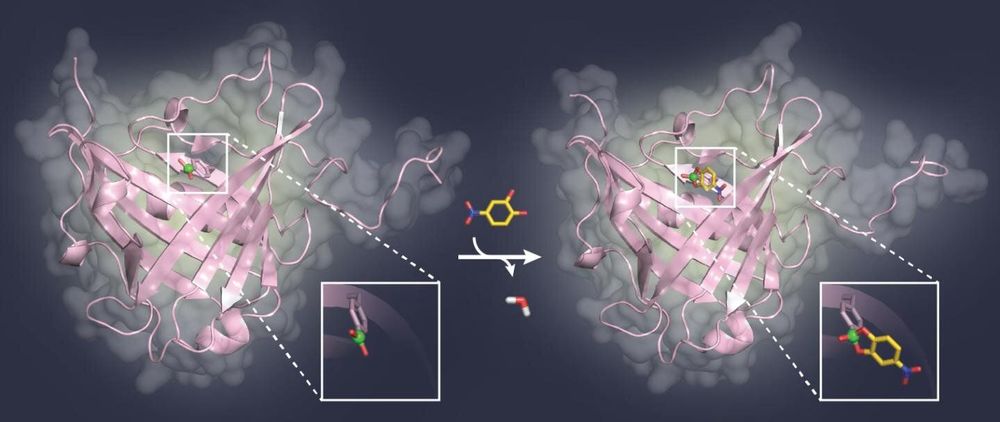
Blocking sugar structures on viruses and tumor cells
During a viral infection, viruses enter the body and multiply in its cells. Viruses often specifically attach themselves to the sugar structures of the host cells, or present characteristic sugar structures on their surface themselves. Researchers at the Technical University of Munich (TUM) have developed a new type of protein reagent for identifying biological sugar structures, which may block the spread of an illness in the body if used for blocking the sugar structures of a cell or a pathogen.
The laboratory directed by Arne Skerra, Professor of Biological Chemistry, has its focus on designing artificial binding proteins for therapeutic applications. The laboratory’s current research findings are paving the way for the development of new types of binding proteins for biological sugar structures, which play a significant role in cancer as well as infectious diseases.
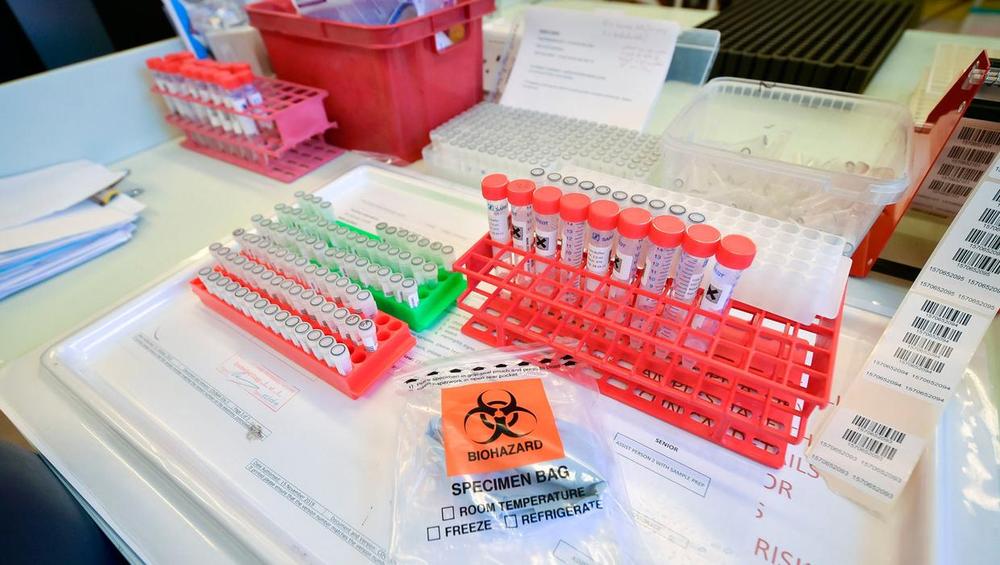
Coronavirus: Irish-developed kit that confirms Covid-19 infection in 15 minutes could be released in seven days
An Irish company is preparing to release rapid Covid-19 testing kits, which can provide results in 15 minutes and potentially act as a “clinical weapon” against coronavirus.
The tests have been developed with the same technology contained in pregnancy tests and although they are in a pilot phase, they could reduce testing times dramatically from four hours to just 15 minutes.
Assay Genie, a Reagent Genie brand, will be releasing the rapid POC (Point of Care) kit within weeks globally and already some Irish hospitals have been in touch to sample the product, according to Colm Ryan, biochemist and chief executive of Assay Genie.

SBA to Provide Disaster Assistance Loans for Small Businesses Impacted by Coronavirus (COVID-19)
WASHINGTON – SBA Administrator Jovita Carranza issued the following statement today in response to the President’s address to the nation:
“The President took bold, decisive action to make our 30 million small businesses more resilient to Coronavirus-related economic disruptions. Small businesses are vital economic engines in every community and state, and they have helped make our economy the strongest in the world. Our Agency will work directly with state Governors to provide targeted, low-interest disaster recovery loans to small businesses that have been severely impacted by the situation. Additionally, the SBA continues to assist small businesses with counseling and navigating their own preparedness plans through our network of 68 District Offices and numerous Resource Partners located around the country. The SBA will continue to provide every small business with the most effective and customer-focused response possible during these times of uncertainty.”
SBA’s Economic Injury Disaster Loans offer up to $2 million in assistance for a small business. These loans can provide vital economic support to small businesses to help overcome the temporary loss of revenue they are experiencing.
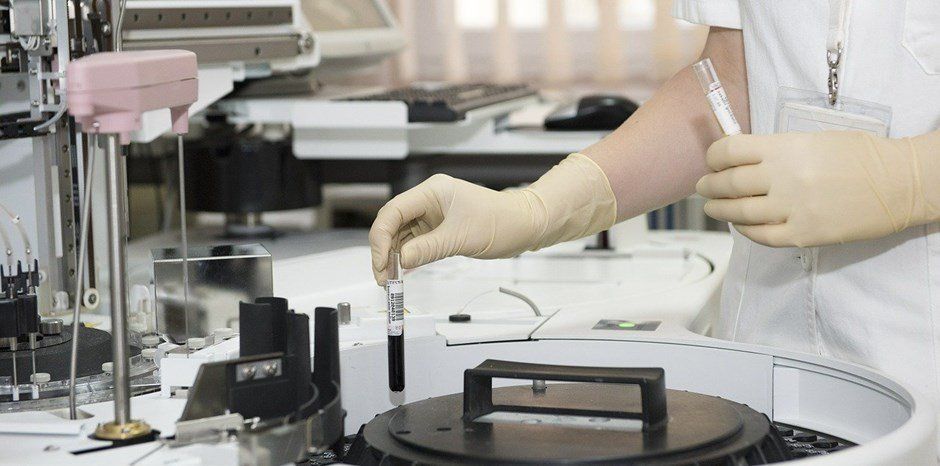
A Government Monopoly Led to Botched COVID-19 Test Kits, but Private Labs Are Now Saving the Day
Case in point: FDA rules initially prevented state and commercial labs from developing their own coronavirus diagnostic tests, even if they could develop coronavirus PCR [Polymerase chain reaction] primers on their own. So when the only available test suddenly turned out to be bunk, no one could actually say what primer sets worked.
The government reversed course on February 29 and allowed private labs to begin developing their own tests. The results have been spectacular.
The old tests took two to seven days to process. The patient was left in limbo in the meantime. Within a matter of days of the government dropping its restriction, the Cleveland Clinic developed a test that delivered results within eight hours.
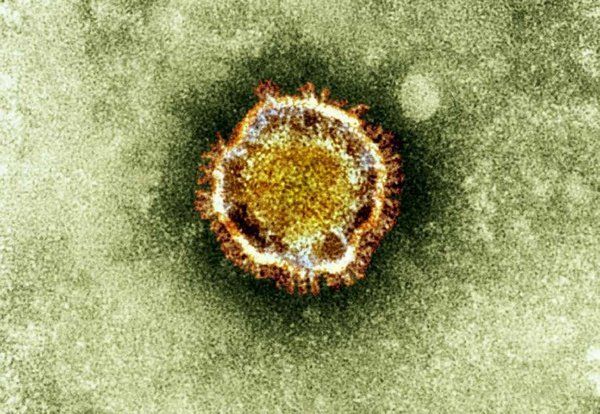
Cyberattack hits U.S. health agency during coronavirus outbreak
The U.S. Health and Human Services Department suffered a cyberattack on its computer system Sunday night during the nation’s response to the coronavirus pandemic, according to three people familiar with the matter.
The attack appears to have been intended to slow the agency’s systems down, but didn’t do so in any meaningful way, said the people, who asked for anonymity to discuss an incident that was not public.
The National Security Council tweeted just before midnight: “Text message rumors of a national #quarantine are FAKE. There is no national lockdown. @CDCgov has and will continue to post the latest guidance on #COVID19.”

Yang demands Congress get its ‘sh– together’ and approve payments to all Americans
Entrepreneur and former presidential candidate Andrew Yang is not being shy about his belief that the impact of the coronavirus outbreak makes the case for his trademark proposal of giving Americans cash so they can have an economic boost.
Yang is now calling on lawmakers to do just that to help people navigate their way through the pandemic that has resulted in governments ordering schools and many businesses to close.